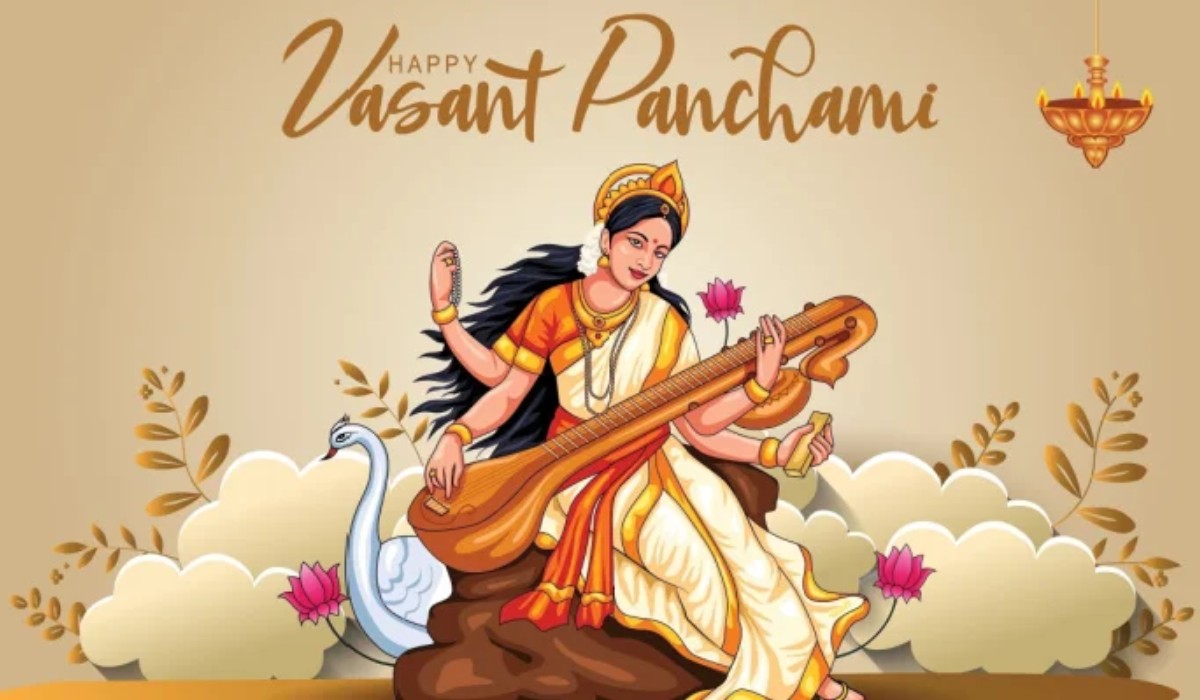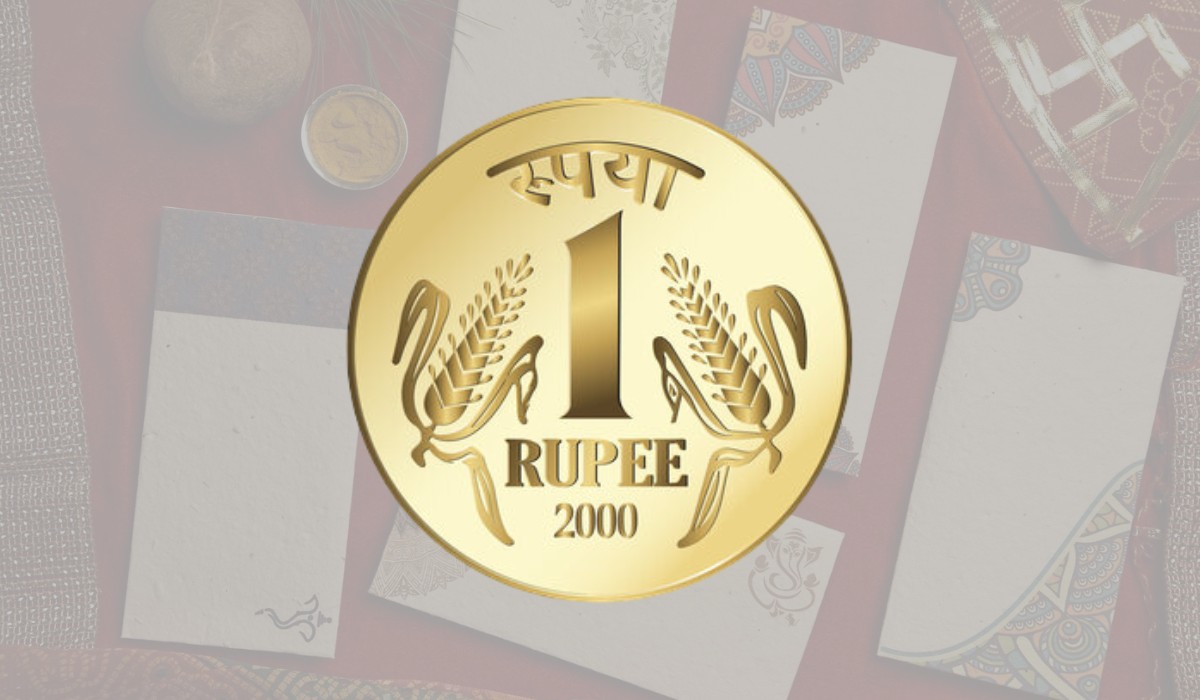Vasant Panchami, also known as Saraswati Puja, marks the onset of the spring season in India. Observed on the fifth day of the Hindu month of Magha (usually falling in late January or early February), this vibrant festival holds deep cultural and spiritual significance across the country.
The Symbolism of Vasant Panchami:
Vasant Panchami celebrates the arrival of spring, a season synonymous with renewal, growth, and vitality. The word “Vasant” literally translates to “spring,” while “Panchami” refers to the fifth day of the lunar fortnight. As nature begins to awaken from its winter slumber, fields come alive with vibrant blooms, and the air is filled with the sweet fragrance of flowers. This festival symbolizes the rejuvenation of life and the triumph of light over darkness.
Honoring Goddess Saraswati:
One of the key highlights of Vasant Panchami is the worship of Goddess Saraswati, the Hindu deity of knowledge, wisdom, arts, and music. Devotees adorn her idols with flowers, offer prayers, and seek her blessings for success and prosperity in their academic and artistic pursuits. Many educational institutions organize special Saraswati Puja ceremonies, where students seek divine guidance to excel in their studies.
The Yellow Hue of Vasant Panchami:
Yellow holds special significance during Vasant Panchami. It represents the vibrancy of spring and is associated with new beginnings, positivity, and enlightenment. Devotees traditionally dress in yellow attire, decorate their homes with yellow flowers, and prepare festive dishes using saffron and turmeric. The color yellow also symbolizes the ripening of crops, reflecting the agricultural significance of the season.
Also Read: National Women’s Day in India: Celebrating Strength, Resilience, and Empowerment
Cultural Celebrations:
Vasant Panchami is celebrated with great fervor and enthusiasm across India. In the northern state of Punjab, it coincides with the festival of Basant Panchami, where people fly kites and indulge in lively music and dance performances. In West Bengal, Saraswati Puja is a grand affair, with elaborate rituals performed in schools, colleges, and homes. Artists, musicians, and dancers showcase their talents in cultural events dedicated to Goddess Saraswati.
Tradition of Basantotsav in Shantiniketan:
The town of Shantiniketan, founded by Nobel laureate Rabindranath Tagore, observes Vasant Panchami with great zeal through the tradition of Basantotsav. On this day, students and faculty of Visva-Bharati University dress in yellow attire and gather to sing Tagore’s songs, known as Rabindra Sangeet, amidst the backdrop of blooming flowers and lush greenery. The festivities culminate with the symbolic offering of colored powders, or “abir,” celebrating the spirit of spring and unity.
Vasant Panchami heralds the arrival of spring, infusing the air with joy, creativity, and renewed hope. As communities come together to celebrate the beauty of nature and seek blessings from Goddess Saraswati, the festival serves as a reminder of the eternal cycle of life and the boundless potential for growth and transformation. In its vibrant colors and joyous celebrations, Vasant Panchami encapsulates the essence of spring—a time of awakening, inspiration, and limitless possibilities.











